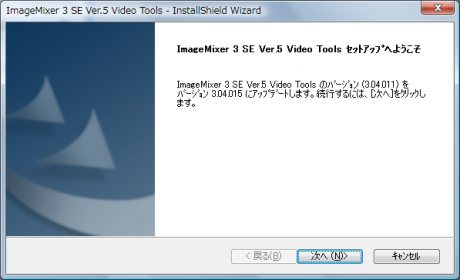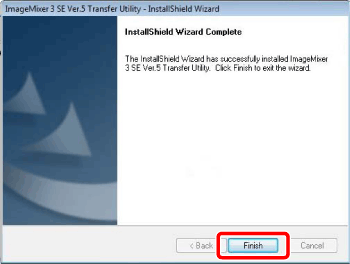

This only happens once the loop finishes. Without this call, nothing appears in the window! Line 26 updates the contents of the display to the screen. 75: the radius of the circle to draw in pixels.(250, 250): a tuple specifying the center coordinates of the circle.(0, 0, 255): a tuple containing RGB color values.Line 23 draws a circle in the window, using the following parameters: Since (255, 255, 255) was provided, the window is filled with white. screen.fill() accepts either a list or tuple specifying the RGB values for the color. Line 20 fills the window with a solid color. In this case, the only event handled is pygame.QUIT, which occurs when the user clicks the window close button. You’ll get to events a bit later as well. Lines 15 to 17 scan and handle events within the game loop. You’ll cover game loops later on in this tutorial. Lines 11 and 12 set up a game loop to control when the program ends.

This program uses a list to create a square window with 500 pixels on each side. You provide either a list or a tuple that specifies the width and height of the window to create. Line 8 sets up your program’s display window. Lines 4 and 5 import and initialize the pygame library.
#Image mixer 3 init file code
Let’s break this code down, section by section: When you run this program, you’ll see a window that looks like this: fill (( 255, 255, 255 )) 21 22 # Draw a solid blue circle in the center 23 pygame. QUIT : 17 running = False 18 19 # Fill the background with white 20 screen. set_mode () 9 10 # Run until the user asks to quit 11 running = True 12 while running : 13 14 # Did the user click the window close button? 15 for event in pygame. init () 6 7 # Set up the drawing window 8 screen = pygame.

You can get all of the code in this article to follow along:ġ # Simple pygame program 2 3 # Import and initialize the pygame library 4 import pygame 5 pygame. pygame works with most versions of Python, but Python 3.6 is recommended and used throughout this article. A basic understanding of object-oriented Python is helpful as well.
#Image mixer 3 init file how to
You should also be familiar with how to open files on your platform. This primer assumes you have a basic understanding of writing Python programs, including user-defined functions, imports, loops, and conditionals. Describe how game programming differs from standard procedural Python programming.At the time, I really wanted a primer on pygame.īy the end of this article, you’ll be able to: That’s how I discovered pygame and learned how to use it to write games and other graphical programs. I tried to figure out how to write games in every language and on every platform I learned, including Python. When I started learning computer programming late in the last millennium, it was driven by my desire to write computer games. Watch it together with the written tutorial to deepen your understanding: Make a 2D Side-Scroller Game With PyGame We’ll use pixels here but you could make it work with anything.Watch Now This tutorial has a related video course created by the Real Python team. The “slider” (visual container) and the slides need to have explicity the same size. I’ll let you make the semantic choices for your own needs. The container might be a, slides might be. I’ll just add the temperature to show each slide can indeed hold content on top. We won’t bother too much with content inside the slide. A sliding container that is as wide as all the slides in a row.The container that holds everything into shape.Like any slider, there are three main components:
#Image mixer 3 init file full
It appears to be hiding some of the “old” screen and revealing more of the “new” screen those closer you have it to being in full view. The background image doesn’t just move away as the screen moves from one screen to the next, the background image itself slides. Among the many super nice design features of the Yahoo! Weather app for iOS is the transition between city screens.


 0 kommentar(er)
0 kommentar(er)
